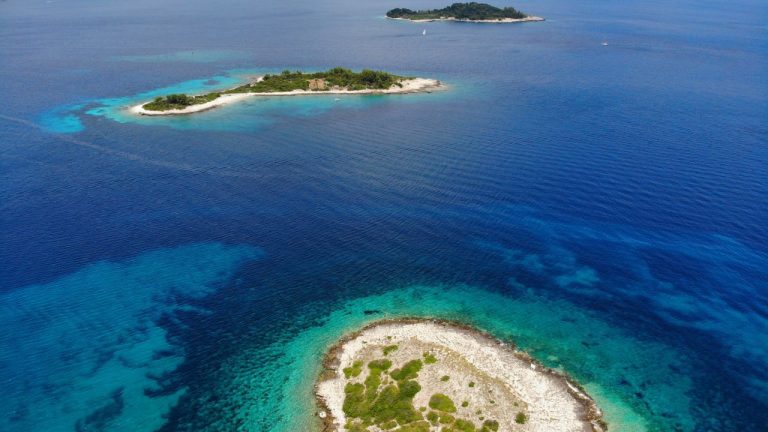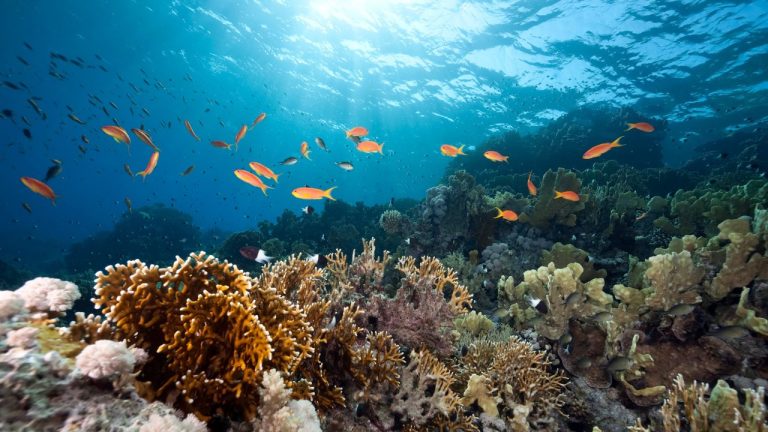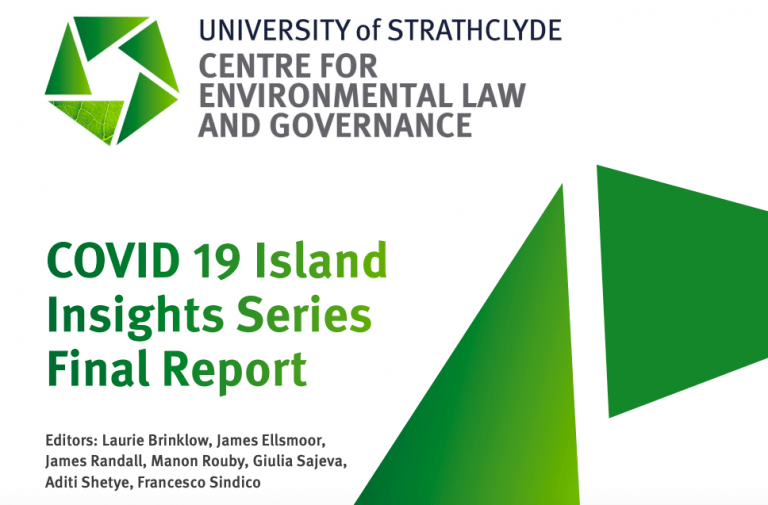Excerpt from nature.com
Mangroves provide essential ecological benefits, and accurate classification is vital for their protection. This study used 2023 Landsat 8 SR data within the Google Earth Engine (GEE) platform to classify mangrove and non-mangrove areas in the Farasan Islands Protected Area in Saudi Arabia. Machine learning models, Random Forest (RF), Support Vector Machine (SVM), eXtreme Gradient Boost (GB), and an ensemble approach were employed using spectral indices such as NDVI, MNDWI, SR, GCVI, and LST. The ensemble model achieved an overall accuracy (OA) of 92.2% and a kappa coefficient (KC) of 0.84. The models, RF had an OA of 91.4% and KC of 0.82, SVM had 88.3% OA and 0.76 KC, and GB recorded 86.7% OA and 0.73 KC. Ground truth cross-validation was conducted using high-resolution satellite imagery from Google Earth, combined with an NDVI overlay derived from Landsat 8 data. This approach confirmed the accuracy of the models in detecting dispersed mangrove patches, which are often missed in global datasets. This workflow can enhance conservation efforts and support sustainable mangrove management.






















